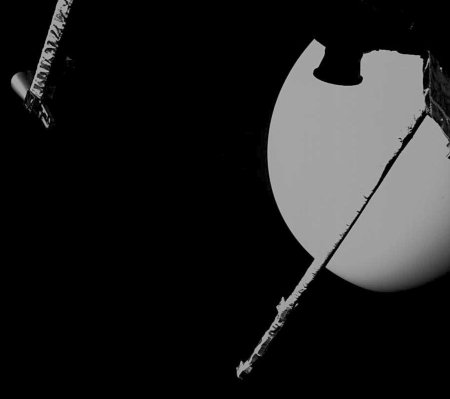Honda developing reusable rocket
Capitalism in space: As part of a larger plan to diversify its product line, Japanese car manufacturer Honda announced on September 30th that it is developing a reusable rocket comparable to Rocket Lab’s Electron.
Honda’s press release can be found here. In it the company also proposes to develop technologies for use by colonies on the lunar surface.
All of these proposals so far appear to be nothing more than PowerPoint presentations, but according to the first link above, the company says it will spend about $9 billion per year for the next five years on all these projects, which also include developing a robot and an electric plane that takes off and lands vertically. (The dollar amount seems much too high, but it is based on a conversion from the announced $5 trillion yen total Honda says it is going to spend in next five years for this research and development.)
According to the announcement, the rocket won’t launch until 2030, which will get it into the game very late. It better be revolutionary or it won’t garner much business by then.
Capitalism in space: As part of a larger plan to diversify its product line, Japanese car manufacturer Honda announced on September 30th that it is developing a reusable rocket comparable to Rocket Lab’s Electron.
Honda’s press release can be found here. In it the company also proposes to develop technologies for use by colonies on the lunar surface.
All of these proposals so far appear to be nothing more than PowerPoint presentations, but according to the first link above, the company says it will spend about $9 billion per year for the next five years on all these projects, which also include developing a robot and an electric plane that takes off and lands vertically. (The dollar amount seems much too high, but it is based on a conversion from the announced $5 trillion yen total Honda says it is going to spend in next five years for this research and development.)
According to the announcement, the rocket won’t launch until 2030, which will get it into the game very late. It better be revolutionary or it won’t garner much business by then.

